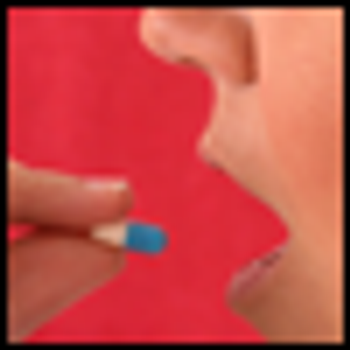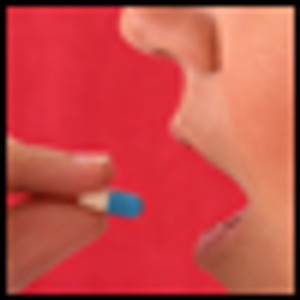
The authors differentiate between 3 types of deliberate self-harm: nonsuicidal self-injury, culturally sanctioned body modifications (tattooing or body piercing), and unintentional or accidental injury.

The authors differentiate between 3 types of deliberate self-harm: nonsuicidal self-injury, culturally sanctioned body modifications (tattooing or body piercing), and unintentional or accidental injury.

This discussion focuses on approaches to improve medication adherence, particularly in reference to helping adolescents remain on recommended psychopharmacological regimens when transitioning from acute to long-term maintenance.

Here we list important points to keep in mind when assessing and treating patients who self harm.

Deliberate self-harm (DSH) is a behavior in which a person commits an act with the purpose of physically harming himself or herself with or without a real intent of suicide.

With all the various types of medications as well as different formulations that can be used to treat ADHD in adolescents, choosing the right one can be a difficult task. This analysis of the options will help make that choice easier.

Published: March 27th 2015 | Updated:

Published: April 29th 2011 | Updated:

Published: March 27th 2012 | Updated:

Published: March 23rd 2012 | Updated:

Published: May 1st 2003 | Updated: